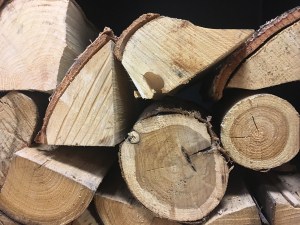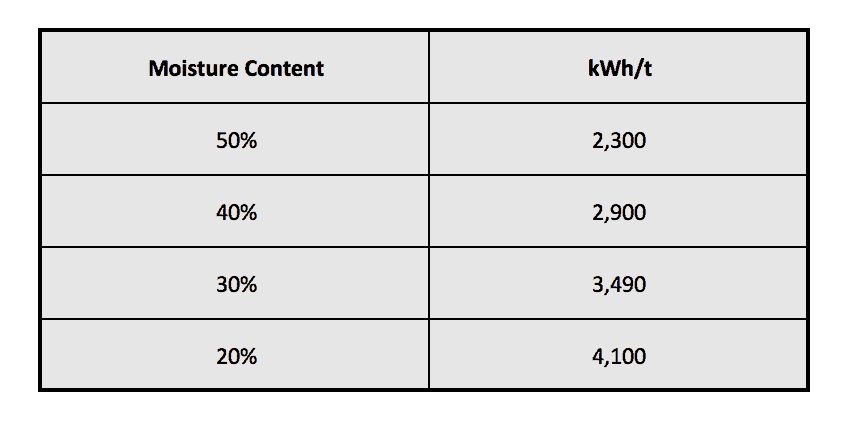 We have talked at length in the past about the importance of burning wood, which is correctly seasoned. We have also talked about the importance of using a moisture meter. In this article we look a little deeper into the role that moisture plays in wood burning appliances, and to reiterate the importance of only burning correctly seasoned wood.
We have talked at length in the past about the importance of burning wood, which is correctly seasoned. We have also talked about the importance of using a moisture meter. In this article we look a little deeper into the role that moisture plays in wood burning appliances, and to reiterate the importance of only burning correctly seasoned wood.
Water does not burn – so the higher the moisture content of a log, the harder it is to burn, which is the key reason behind why using correctly seasoned wood is of such importance. Wood, which has a moisture content below 20% is twice as efficient than fuel with a moisture content over 45%.
Efficiency is lost with unseasoned wood, as it impacts on a woods calorific value or energy. Burning unseasoned wood creates lots of steam, which has no real heat impact that can be felt in the home – wasted energy essentially.
As the moisture of wood decreases, the energy of the wood increases. Wood with less water will burn for longer and with much more efficiency. The below diagram outlines the relationship between moisture content and kWh/t (which is a measure of energy, as opposed kW, which is a measure of power). Energy is a measure of how much fuel is contained within something, in our case – wood, over a specific period of time.
kWh = Energy
t = Time

Tips for Seasoning Wood:
* Season wood in a dry, sunny and airy place, where air can easily circulate around all the wood
* Stack wood in spring for use the following winter
* Ensure the wood is not exposed to rain, ice or snow
* Cut wood to the correct length for your fire before seasoning
Dangers of Burning Unseasoned Wood:
* Increased risk of chimney fires
* Potential carbon monoxide poisoning
* Taring inside the stove and in the chimney
View our range of wood burning stoves here.








